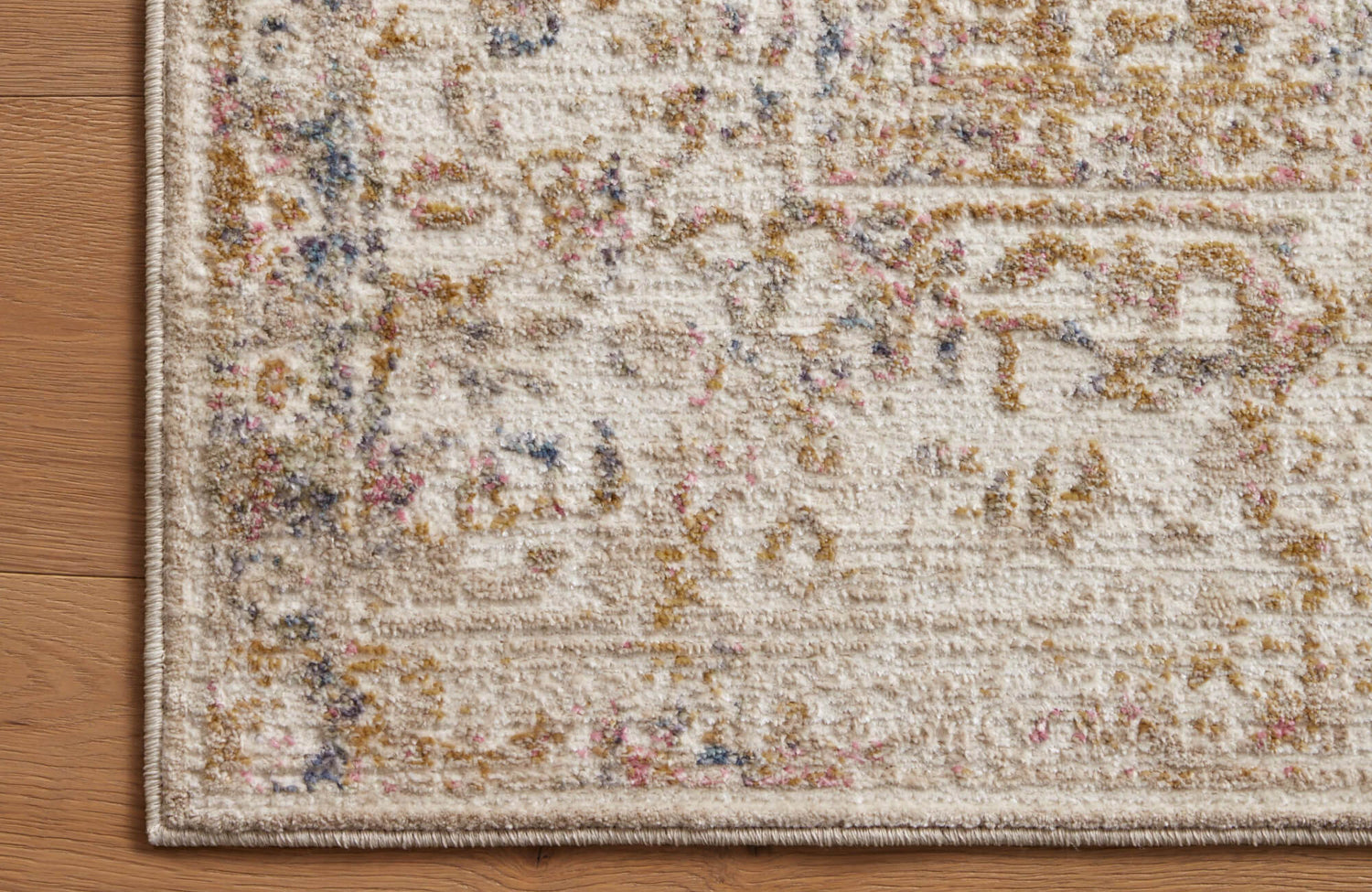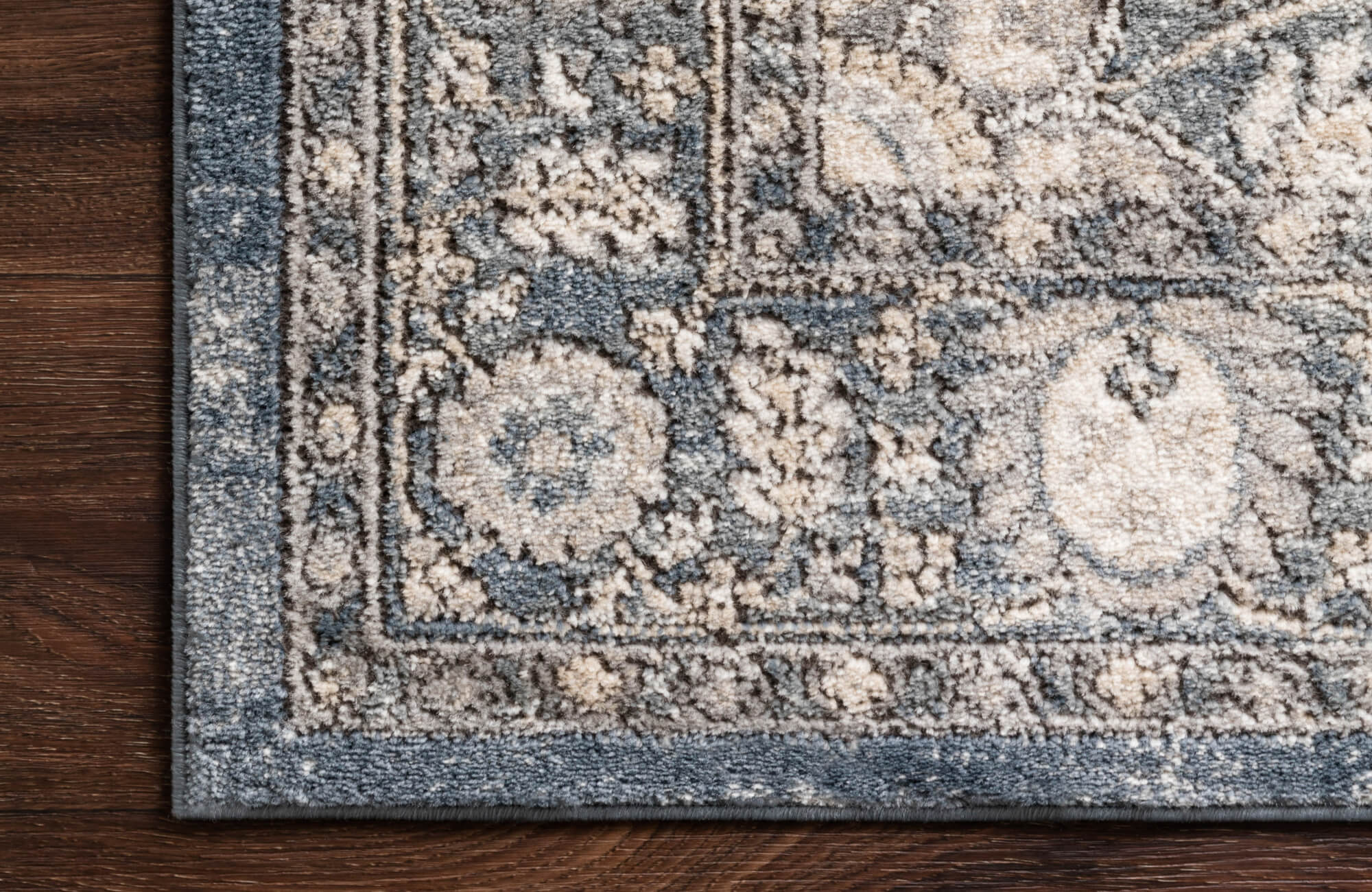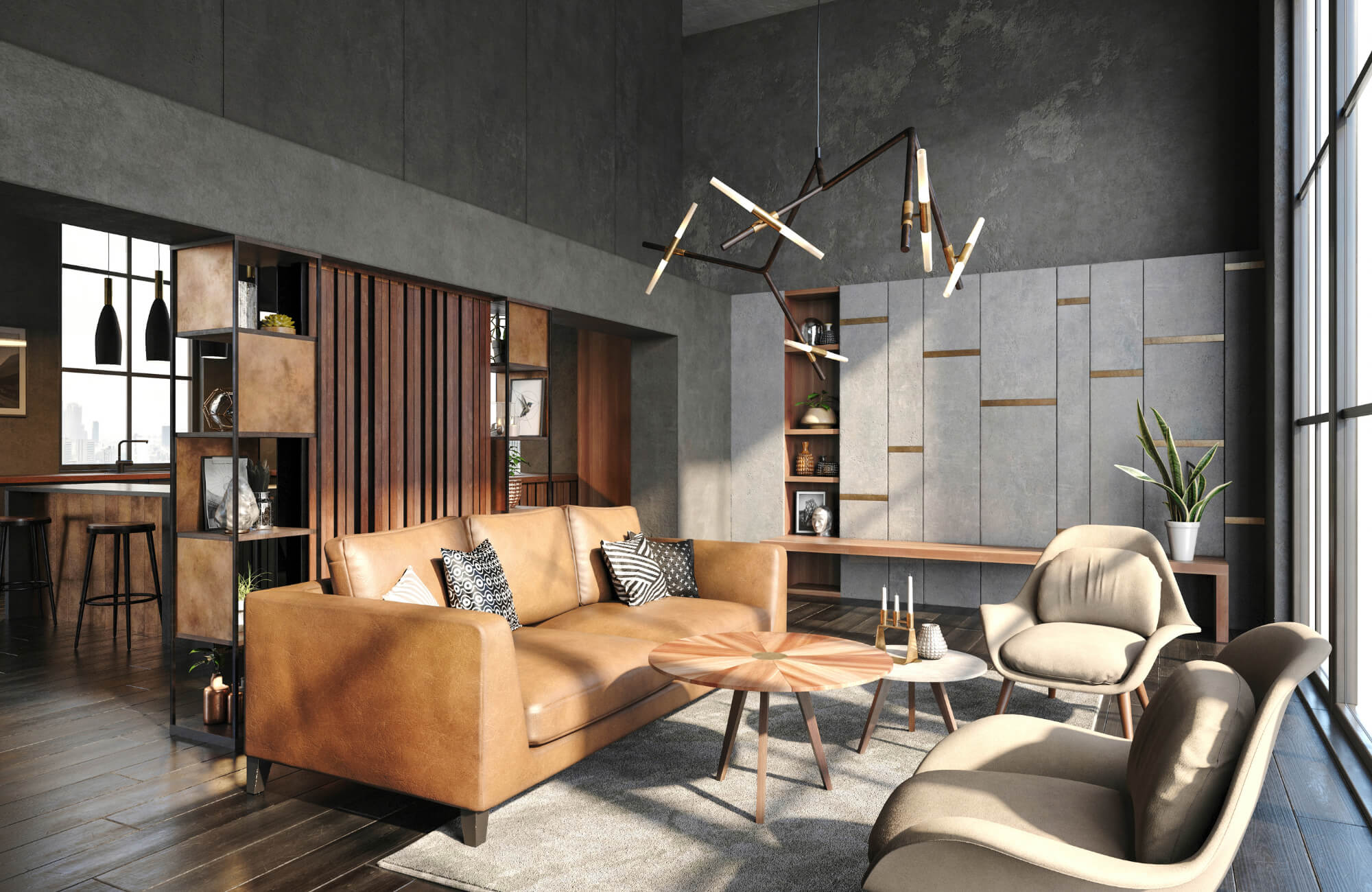Polypropylene rugs, known for their cost-effectiveness and versatility, have become essential in homes that value both style and budget-friendliness. These rugs serve various functions, from enhancing family rooms to adorning outdoor patios, offering both practical and aesthetic benefits. This article provides a comprehensive look at polypropylene rugs, exploring their fiber composition, durability, design aesthetics, practical considerations, sustainability, and future trends, aiming to equip you with the knowledge needed for a well-informed purchase decision.
Decoding the Polypropylene Fiber
Before bringing a polypropylene rug into your home, it's crucial to understand the very material that defines its character.
Understanding Olefin's Origins
Polypropylene, a synthetic thermoplastic polymer, is synthesized from propylene monomers through a process called polymerization. Known interchangeably as “olefin”, this group of hydrocarbons, including propylene, is noted for its durability and cost-efficiency. While polypropylene production is reliant on petroleum, a non-renewable resource, it often requires less water and no pesticides compared to natural fibers. However, its end-of-life recyclability remains a significant environmental challenge.
Exploring Different Yarn Types
Polypropylene rugs utilize heat-set and spun yarns, each enhancing the rug's feel and performance in unique ways. Heat-set yarns, treated under heat to stabilize the fibers, boast enhanced durability and resistance to shedding, offering a refined, wool-like texture that is resilient and straightforward to maintain. Spun yarns, providing a softer, more textured feel, mimic natural fibers but may be less durable. This choice affects the rug's overall texture, influencing everything from plush, shaggy surfaces to smooth, tightly woven finishes. These properties not only dictate the rug's aesthetic appeal but also its practical longevity, making yarn type a crucial consideration in the selection process.
Durability Demystified
Polypropylene rugs excel in various environments, attributing to their broad appeal. Below, we’ll assess their performance against daily wear, stains, and environmental factors.
Handling Busy Areas
The resilience of polypropylene rugs in frequently used areas of the home is due to the inherent strength of the fibers and the rug's structural makeup. The density of the fibers and the height of the pile, in particular, significantly affect durability, with higher density and shorter pile rugs generally showing greater resistance to wear. Rugs designed for high-use zones, such as hallways and entryways, also effectively maintain their appearance over time, especially when complemented with rug pads to prevent slippage and reduce wear.
Stain Resistance and Cleanability
One of the most compelling attributes of polypropylene rugs is their inherent stain resistance. The non-porous nature of the fiber prevents liquids from penetrating, allowing for easy cleanup. For water-based spills, a simple blot with a clean cloth is often sufficient. Oil-based stains, on one hand, may require a mild detergent and gentle scrubbing. However, it's crucial to address spills promptly to prevent them from setting. While polypropylene is highly stain-resistant, certain substances, such as strong dyes or harsh chemicals, can still cause damage. Preventive measures, like applying a fabric protector, can further enhance the rug's resistance to stains.
Outdoor Use
Polypropylene rugs are frequently chosen for outdoor use due to their exceptional weather resistance. Their ability to withstand UV radiation prevents fading, ensuring the rug retains its color even under prolonged sun exposure. Furthermore, the fiber's hydrophobic nature repels moisture, inhibiting mold and mildew growth. To maximize their lifespan, outdoor rugs should be regularly cleaned to remove debris and dirt. During periods of heavy rain or winter, storing the rug in a dry place is also advisable. Proper care ensures that these rugs maintain their functionality and appearance, even in challenging outdoor conditions.

Aesthetics and Design Versatility
Polypropylene rugs are not just practical; they offer extensive aesthetic versatility, allowing for diverse stylistic expressions that can suit any home decor.
Pattern Play
With advancements in digital printing and machine weaving, polypropylene rugs can now feature everything from classic geometric motifs to contemporary abstract expressions. This technological innovation allows for precise pattern replication and rich color application, resulting in rugs that effortlessly complement a wide range of interior styles. Just keep in mind that when selecting patterns, consider the scale of your space and existing décor. A large, bold pattern can serve as a statement piece in a spacious living room, while subtle, neutral patterns suit more minimalist settings. For instance, the Broderick Polypropylene Pile Rug in Smoke / Terracotta, shown in the photo above, blends earthy tones with modern patterning, offering a versatile option that adds warmth and sophistication without overwhelming the room.
Texture Diversity
The textural diversity of polypropylene rugs is a significant asset, contributing to the visual and tactile appeal of a room. Different pile heights and weaving techniques create varied textures, from smooth, low-pile surfaces to plush, high-pile textures. A high-pile rug, for instance, can add a sense of warmth and comfort to a bedroom, while a low-pile rug can provide a sleek, modern aesthetic in a dining area.
Selecting the Right Palette
Polypropylene fibers exhibit excellent colorfastness, retaining their vibrancy even under prolonged exposure to light. This inherent characteristic allows for a wide range of color options, from bold, saturated hues to subtle, muted tones. When selecting colors, consider the existing palette of your room and the desired mood. Light plays a crucial role in how colors appear, as natural light can enhance the vibrancy of a rug, while artificial light may shift its tone. For example, a rug with warm undertones may appear more radiant in daylight. This can be demonstrated with the Broderick Polypropylene Pile Rug in Cream / Denim, which balances a light base with soft brown accents, offering both brightness and depth for a variety of interiors. Additionally, consider practical aspects of color selection: darker shades can better conceal stains in high-use areas, while lighter tones can open up a space and create an airy, inviting atmosphere.

The Practicalities: Cost, Care, and Considerations
Beyond aesthetics and durability, the practical aspects of cost, maintenance, and safety are crucial considerations when investing in a polypropylene rug.
Budget Breakdown Value Versus Investment
Polypropylene rugs are celebrated for their cost-effectiveness, offering a budget-friendly alternative to natural fiber rugs. The price of a polypropylene rug is influenced by several factors, including size, design complexity, and manufacturing quality. For instance, larger rugs and those with intricate patterns typically command higher prices. High-quality manufacturing, characterized by dense weaving and superior materials, also contributes to increased cost. To maximize value, compare prices from various retailers and consider the rug's long-term durability. Investing in a higher-quality rug may result in a greater initial outlay but can yield significant savings over time due to its extended lifespan and reduced maintenance needs.
Maintenance Care
Maintaining a polypropylene rug is relatively straightforward, contributing to its appeal. Regular vacuuming is essential to remove dirt and debris, preventing them from becoming embedded in the fibers. For spot cleaning, blot spills immediately with a clean, dry cloth. For more stubborn stains, use a mild detergent diluted with water, and gently blot the affected area. Professional cleaning is recommended for deep cleaning and to address accumulated dirt and grime. Rug pads are also highly recommended, as they prevent slippage, reduce wear, and extend the rug's lifespan. Common care mistakes include using harsh chemicals, over-wetting the rug, and neglecting regular cleaning. Avoiding these pitfalls ensures the rug maintains its appearance and longevity.
Safety Concerns
New polypropylene rugs may emit volatile organic compounds (VOCs), resulting in a characteristic odor. While generally harmless, prolonged exposure to high concentrations of VOCs can cause discomfort. Proper ventilation, such as opening windows and using fans, can effectively minimize these effects. Additionally, it is important to check if the rug meets safety standards, particularly regarding flammability. While polypropylene is inherently flame resistant, some rugs may undergo treatments that alter this property. Checking for safety certifications and labels ensures that the rug meets industry standards and poses minimal fire risk. Considering these safety aspects contributes to a healthy and secure home environment.
Sustainability
The sustainability of polypropylene rugs is a growing concern, prompting a reevaluation of their environmental impact and the exploration of more sustainable practices.
Recycling Realities
While polypropylene is recyclable, the complexity of rug compositions often hinders traditional recycling processes. Emerging technologies, such as chemical recycling, are promising methods that decompose polypropylene back into its monomers, potentially revolutionizing how these rugs are recycled. Efforts to create closed-loop systems are also underway, aiming to repurpose used rugs into new products, thereby reducing the environmental footprint of these synthetic materials.
Consumer Choices and Responsible Purchasing
Consumers can make more sustainable choices when buying polypropylene rugs by considering the rug's lifecycle. Opting for rugs made from recycled polypropylene or those with eco-friendly certifications, such as OEKO-TEX, can minimize environmental impact. Additionally, choosing rugs with durable construction and timeless designs can extend their lifespan, reducing the need for frequent replacements. Purchasing from manufacturers that prioritize sustainable practices and transparent supply chains also supports responsible production. Considering the full lifecycle of a rug, from production to disposal, empowers consumers to make informed choices that align with their environmental values.
Key Considerations
When selecting a polypropylene rug, consider fiber composition, durability, design aesthetics, practical maintenance, and environmental impact. Understanding yarn types, stain resistance, and colorfastness is also essential for a satisfying purchase. These rugs offer a compelling combination of affordability, durability, and versatility, making them a practical choice for diverse living spaces. By weighing the information presented, you can confidently choose a polypropylene rug that aligns with your needs and preferences, enhancing your home's comfort and style.










